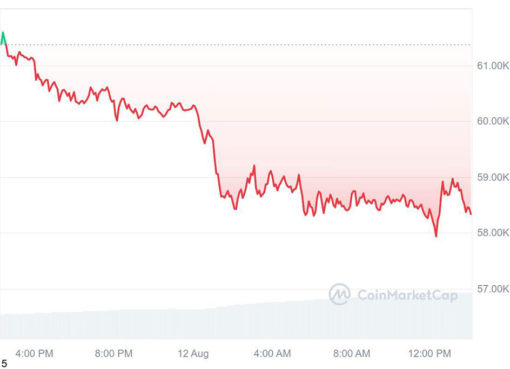Latin America has identified that regulated, blockchain-based financial services will soon be the order of the day.
The world of finance, as we have it today, has changed drastically, and stablecoins and tokenized data may be at the center of this change. So much so, that what used to be a difficult task for businesses and private individuals, especially in international payments and settlements, has now become significantly easier.
For clarity, transactions worth over $7 trillion were settled globally using stablecoins in 2022 alone. Showing even more potential this year, the evolution of blockchain technology is more than evident.
Taking the Lead Position
According to a recent insight report by USDC issuer, Circle, LATAM may be looking to spearhead this new revolution. The region has identified that regulated, blockchain-based financial services will soon be the order of the day. That is as millions of businesses and billions of people continue to choose these new services over traditional financial institutions. Especially for savings, payments, credit, and many more.
In line with this projection, the LATAM region, through the collaboration of developers, regulators, and fintechs, has taken the initiative to be at the forefront of the major shift happening in global finance.
To put the above statement into perspective, Latin American countries received a total of $562 billion in digital currency between mid-2021 and mid-2022. Further breakdown, according to Mastercard, also reveals that 51% of consumers in the region have purchased with digital currency, while one-third have used a stablecoin for everyday purchases.
Why LATAM?
Other than the statistics of current usage, more factors inform why Latin America looks set to take on the lead role when it comes to the global adoption of digital currency and blockchain technology in general. First and foremost, the region is seriously underbanked. That is, even traditional financial services are not exactly available to residents in excess. Additionally, LATAM boasts a population of 658 million people. That is nearly double the population of the United States. Interestingly, while other regions have aging populations, nearly a quarter of LATAM’s are aged 14 or under, giving it an added advantage over others.
It is also worth mentioning that Latin America has a formidable base of over a million developers. So, it is expected that they will influence adoption in one way or another, especially on the homefront.
Lastly, policymakers in the region have also been extremely supportive of Fintechs. They have provided regulators with the necessary tools that they need to manage risks and ensure compliance. The regulatory landscape as well as the high demand from businesses and individuals, contributed to how Fintechs have recently doubled. Remarkably, the sector now boasts over 2,500 platforms.
Overall, the Latin American region has proven beyond reasonable doubt that it is a good fit for broader stablecoin adoption. It has its Fintech sector as strong as ever. It also has traditional banking in place, while CBDCs are also gradually gaining momentum across the board. However, there seems to be a problem, which is bringing all these layers into one seamless value exchange. Hopefully, the region will be able to create an infrastructure to that effect, easing financial interoperability both locally and globally.




